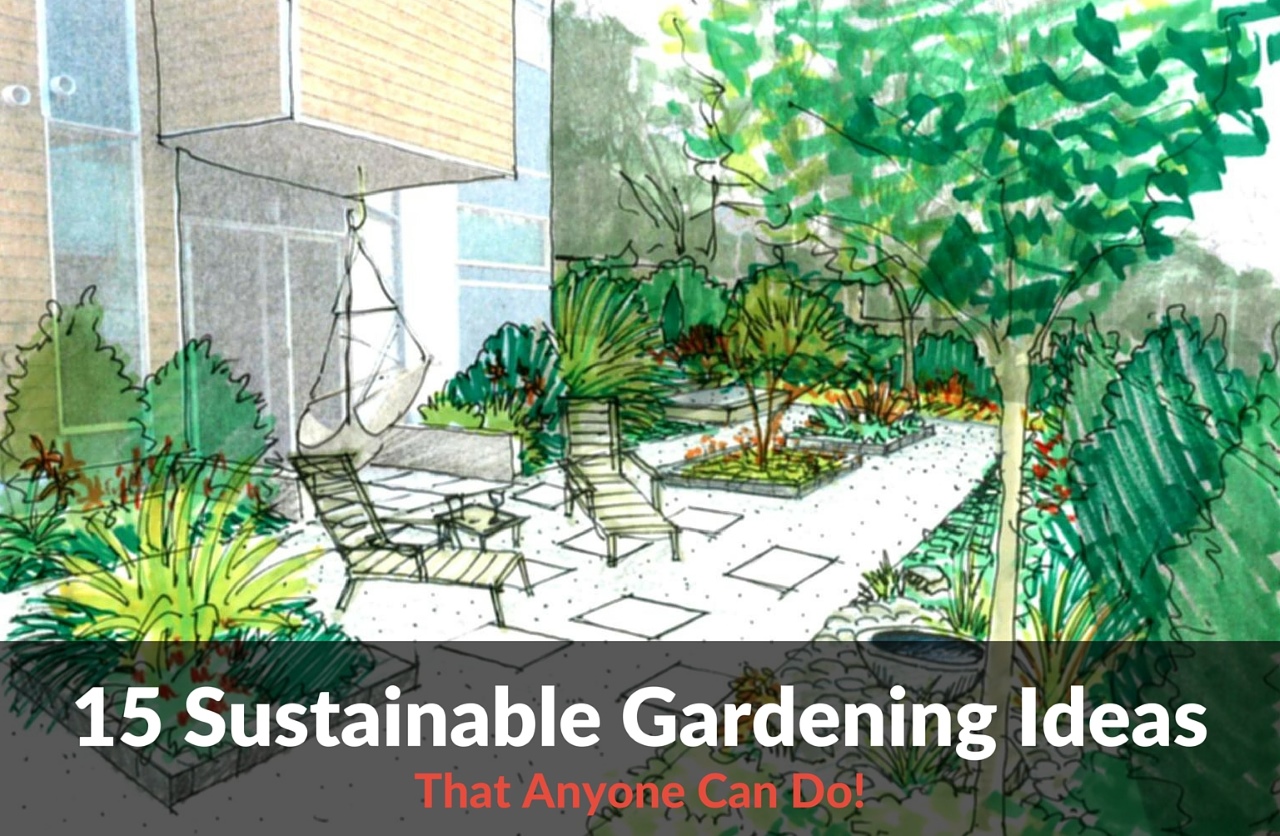
Eco-Friendly Gardens: Sustainable Design Solutions
Creating a garden that not only enhances the beauty of your outdoor space but also contributes to environmental well-being is a goal many garden enthusiasts are embracing. Sustainable garden design goes beyond aesthetics, focusing on eco-friendly practices that promote biodiversity, conserve resources, and foster a harmonious relationship between nature and design.
Embracing Native Plants for Biodiversity
One fundamental aspect of sustainable garden design is the incorporation of native plants. Native species are adapted to the local climate, requiring less water and maintenance. Additionally, they provide essential habitats for local wildlife, supporting biodiversity and creating a resilient ecosystem.
Water Conservation Strategies
Efficient water use is a critical component of sustainable garden design. Implementing water conservation strategies, such as installing drip irrigation systems and rainwater harvesting, helps reduce reliance on traditional water sources. These practices not only save water but also contribute to the overall health of the garden.
Composting for Soil Enrichment
Composting is a simple yet powerful practice in sustainable gardening. It involves recycling kitchen and garden waste into nutrient-rich compost. By enriching the soil with compost, you enhance its fertility, improve water retention, and promote healthy plant growth. This sustainable approach reduces the need for synthetic fertilizers, contributing to a healthier ecosystem.
Natural Pest Control Methods
Sustainable garden design emphasizes the use of natural pest control methods to maintain a balanced and thriving environment. Introducing beneficial insects, companion planting, and using neem oil are eco-friendly alternatives to chemical pesticides. These methods protect plants from pests while preserving the overall health of the garden.
Permeable Surfaces for Sustainable Hardscaping
When incorporating hardscaping elements like pathways and patios, opt for permeable surfaces. Permeable materials allow rainwater to penetrate the ground, reducing runoff and preventing waterlogging. This approach supports groundwater recharge and minimizes the impact of heavy rainfall on the garden.
Energy-Efficient Outdoor Lighting
Sustainable garden design extends beyond daylight hours with energy-efficient outdoor lighting. Utilize LED fixtures and solar-powered lights to minimize energy consumption. Thoughtfully placed lighting not only enhances the visual appeal of the garden but also contributes to a more sustainable and eco-friendly outdoor space.
Wildlife-Friendly Features
Create a welcoming habitat for wildlife by integrating specific features into your garden design. Bird feeders, bird baths, and bee-friendly plants attract pollinators and contribute to the overall health of the local ecosystem. Encouraging biodiversity in your garden is a key principle of sustainable design.
Upcycled and Recycled Garden Art
Infuse creativity into your garden while promoting sustainability by incorporating upcycled and recycled garden art. Reimagine old materials into sculptures, planters, or decorative elements. This not only adds a unique aesthetic to your garden but also reduces waste and promotes a circular economy.
Educational and Community Engagement
Sustainable garden design can extend its impact beyond your property by fostering education and community engagement. Consider organizing workshops, open garden days, or community gardening initiatives to share knowledge about sustainable practices. This not only benefits your immediate community but contributes to a broader culture of environmental awareness.
Connecting with Sustainable Garden Communities
Joining online or local sustainable garden communities provides a platform to exchange ideas, seek advice, and stay informed about the latest eco-friendly gardening practices. Sharing experiences with like-minded individuals fosters a sense of community and strengthens the collective effort towards sustainable and responsible garden design.
Explore more about Sustainable Garden Design here. Embrace eco-friendly practices, enhance the beauty of your outdoor space, and contribute to a healthier planet through sustainable gardening.



